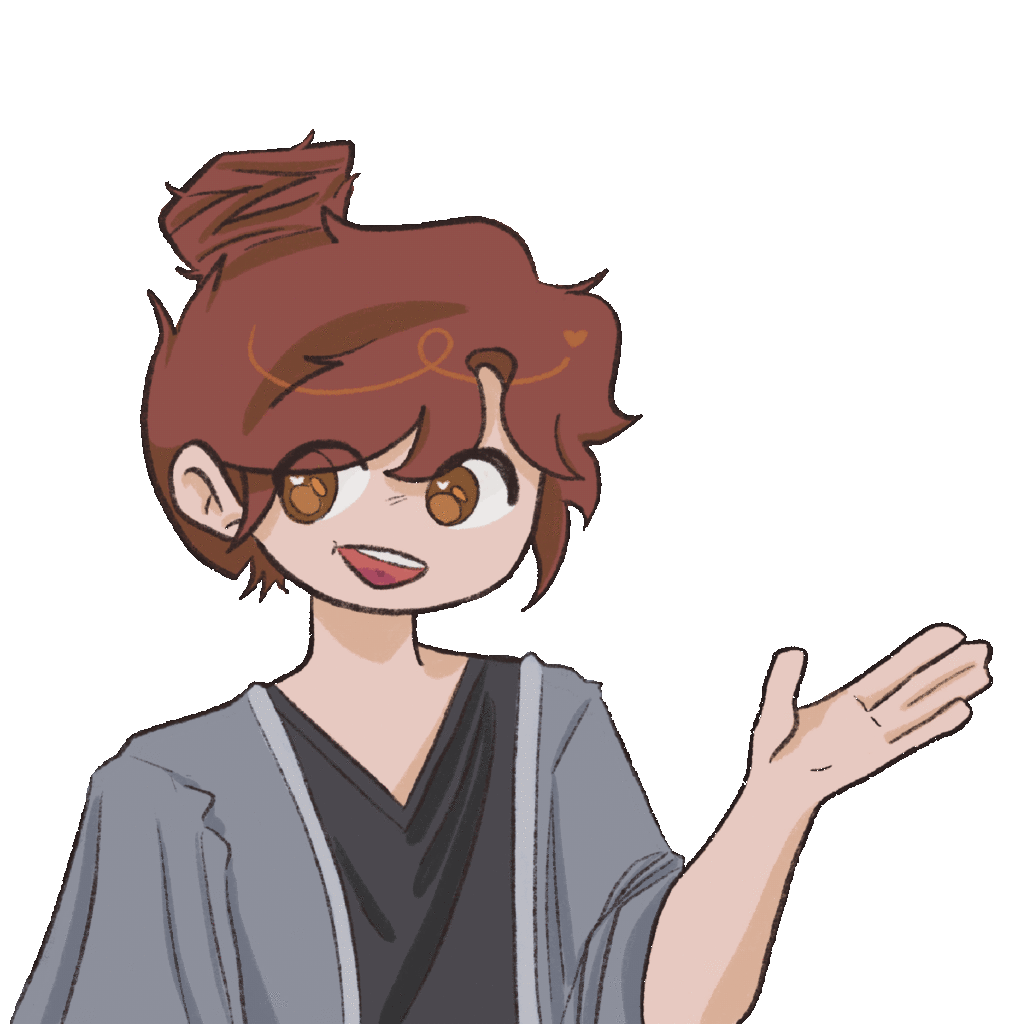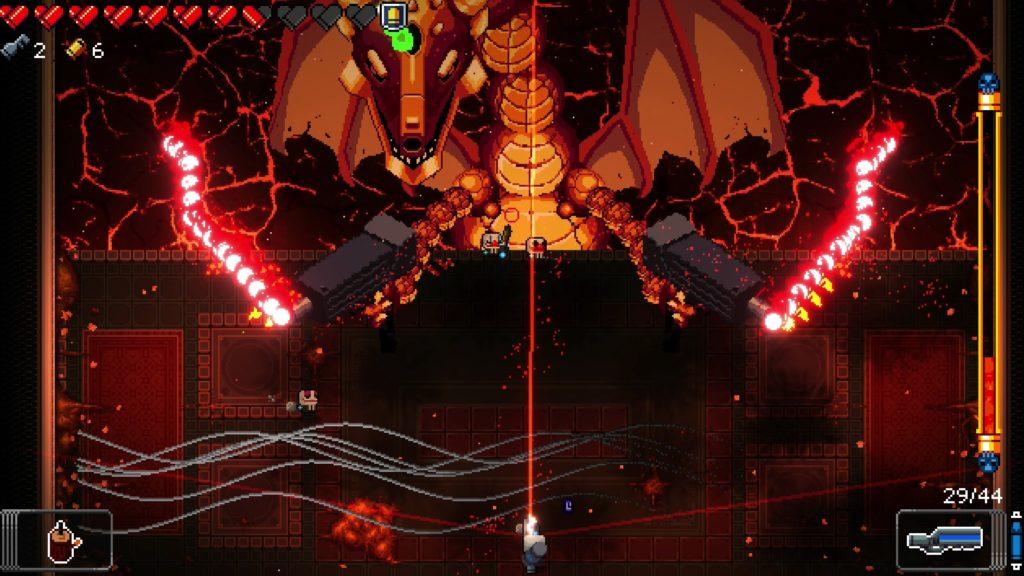1. Will players understand and engage with the core mechanic of the game?
- Why this is important: The core mechanic is the heart of the game. If players don’t intuitively grasp or enjoy it, the entire experience can not be fun. Early validation can help us you developing around a mechanic that doesn’t work.
- Type of prototype: A look-and-feel prototype, likely paper-based or digital, simulating the interaction loop without full art or polish.
- Prediction: Players might be confused without clear guidance. Some might invent their own rules if instructions are vague, how do we onboard them to the game?
2. How do players emotionally respond to the aesthetic and tone of the game?
- Why this is important: Emotional alignment between visuals/sound and gameplay is key to immersion. A mismatch could turn users away, even if the mechanics are solid
- Type of prototype: Visual mockup that captures tone, characters, and interface.
- Prediction: Players will connect with parts of the aesthetic (e.g., colors or character design), but might need further adjmusments to better support the intended emotions
3 . Will players replay the game?
- Why this is important: Replayability defines long-term engagement and success. If players don’t return, the game might lack the pull.
- Type of prototype: A paper prototype outlining core mechanisms to see how players respond
- Prediction: Players will enjoy replaying but may desire stronger rewards and social comparison to feel “hooked.”



